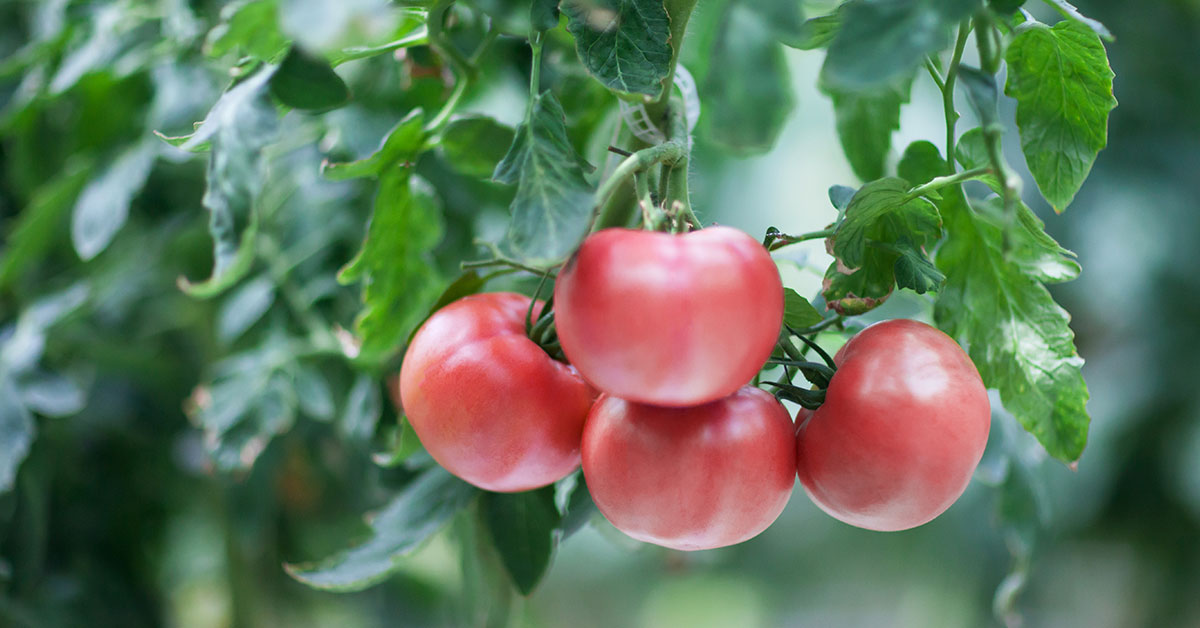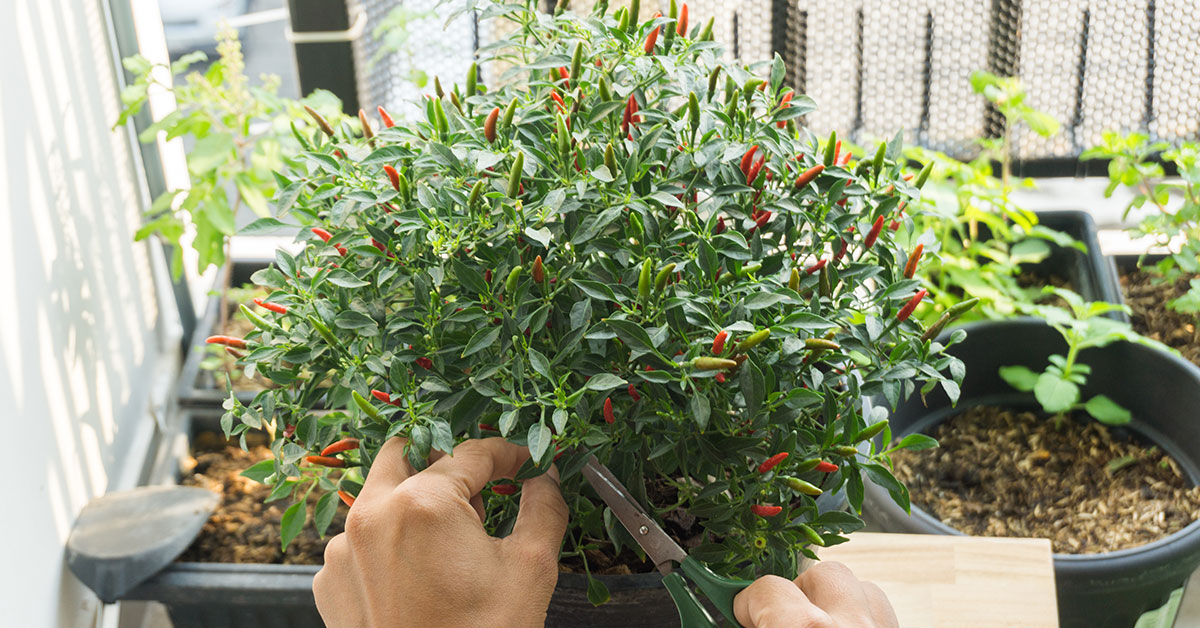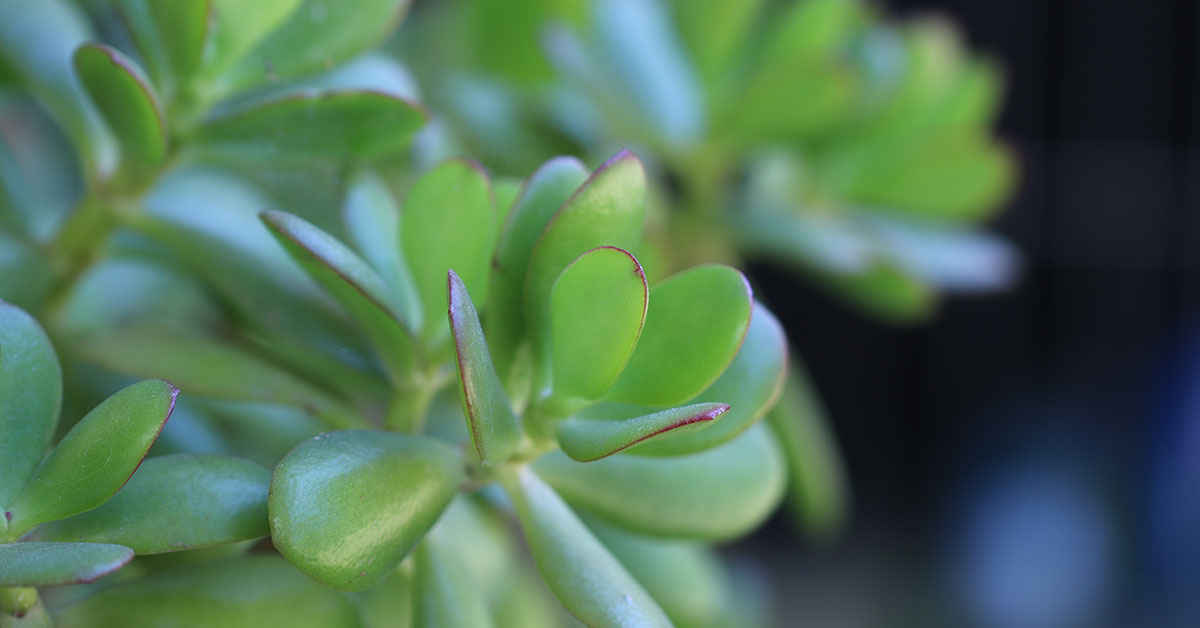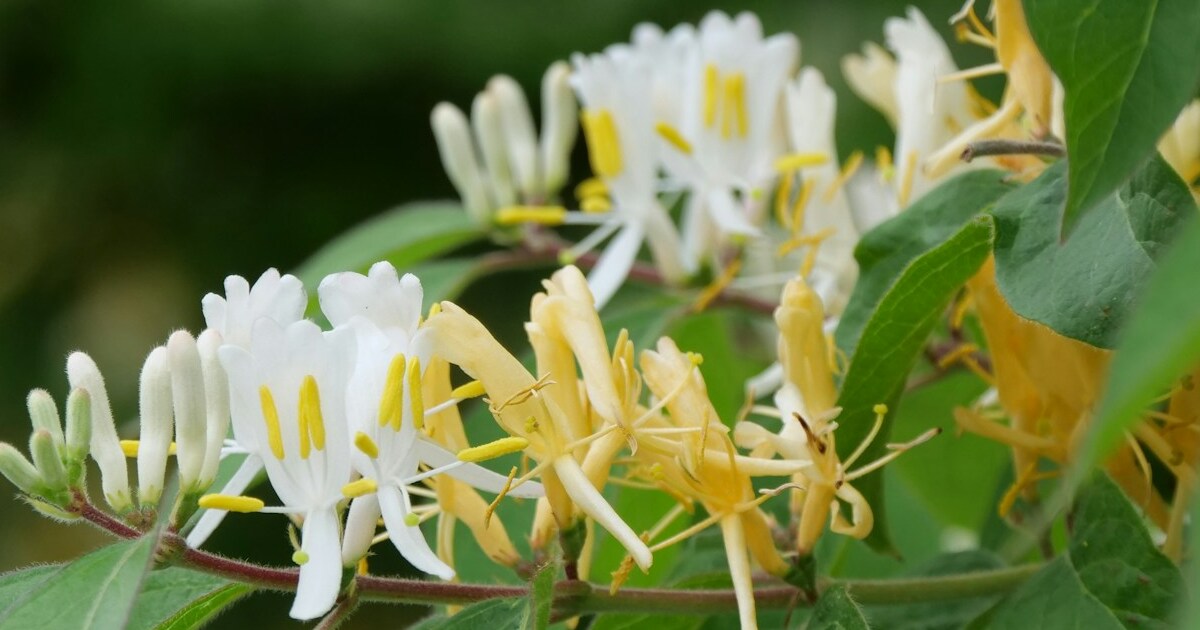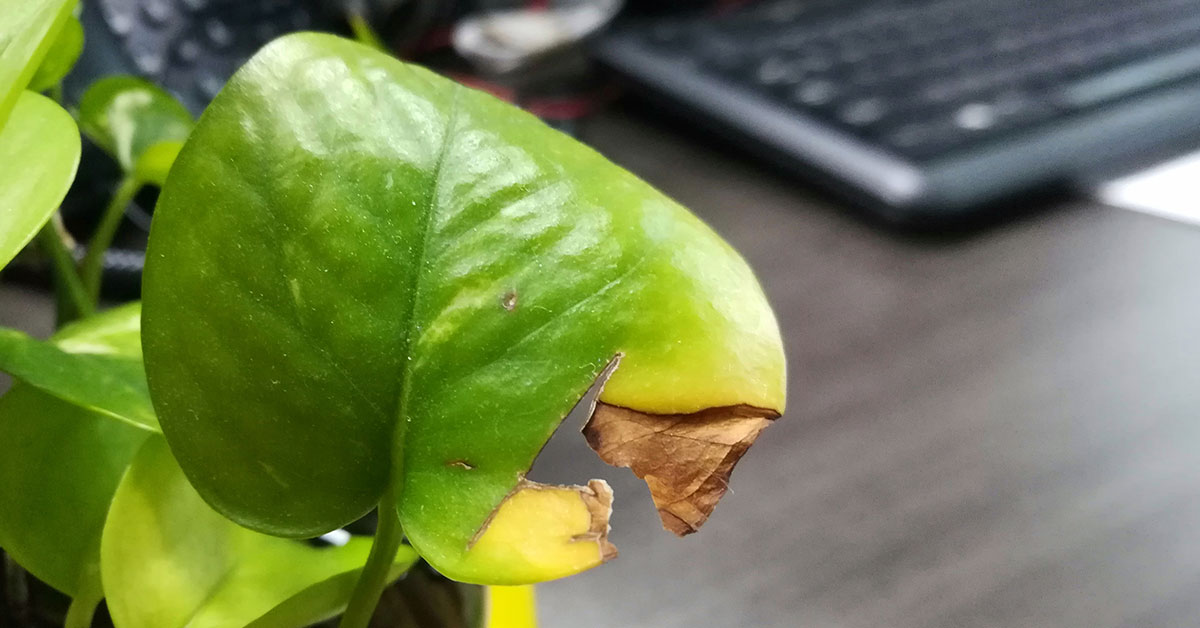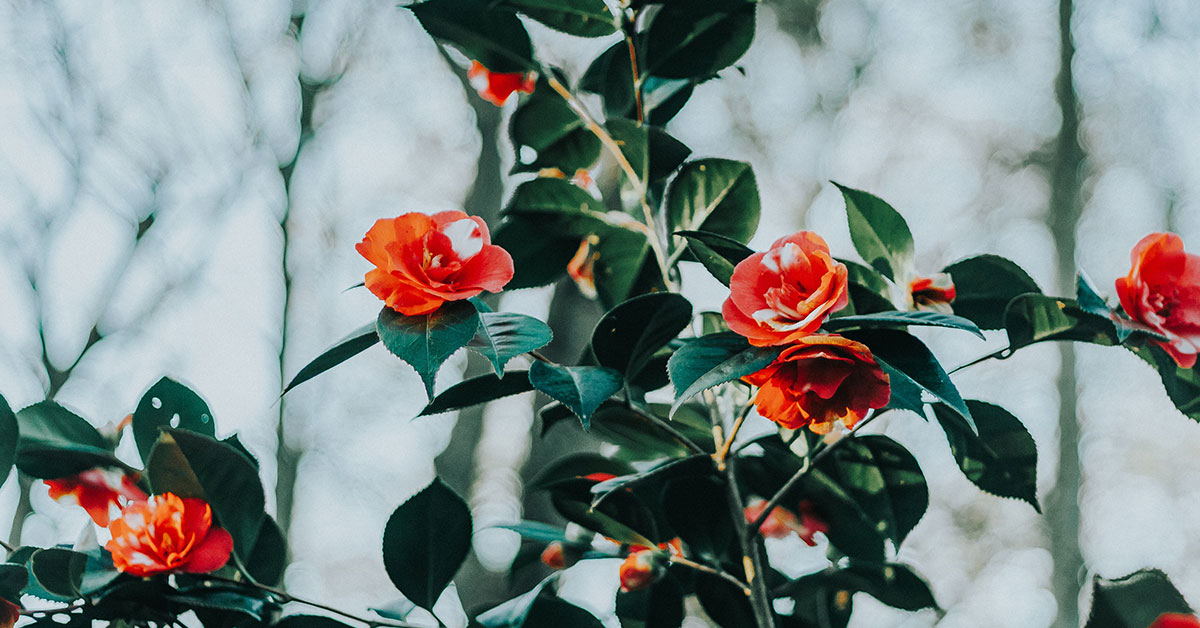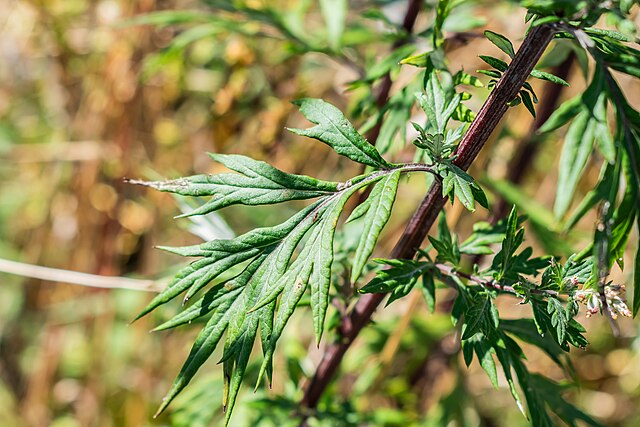Bee quince bushes are simply enchanting when they burst into bloom—those vivid coral, pink, or white flowers create a picture-perfect spring display! Native to eastern Asia, particularly China and Japan, Chaenomeles species have long graced temple gardens and cottage borders alike. As a gardener, I’m always amazed at how these hardy shrubs can transform a landscape in just a few weeks of bloom. Yet, if you’ve ever watched your quince bushes leaf out only to produce sparse flowers or struggled with leggy growth, I know how disheartening it can feel.
That’s why I’m thrilled to share eleven of my top tips for growing beautiful, blooming quince bushes that will have your garden looking spectacular year after year! From site selection to propagation, each tip dives into where quince originates, its spreading habits, and how to attract the buzzing pollinators (and even nesting birds) that help set those abundant blooms. Let’s get started and turn your quince patch into a springtime showstopper!
Protect from Late Frost

Quince blooms can be tender when a late frost sneaks in after an early spring warm-up. I usually keep frost cloth or a lightweight blanket on hand to drape over young buds on chilly nights. It’s saved me heartache more than once!
Position a thermometer near the branches to monitor temperatures, and remove coverings once the mercury rises above freezing. This little extra care mimics the sheltered niches of its native habitat, ensuring your quince flowers aren’t nipped by Jack Frost.
Encourage Pollinators Early
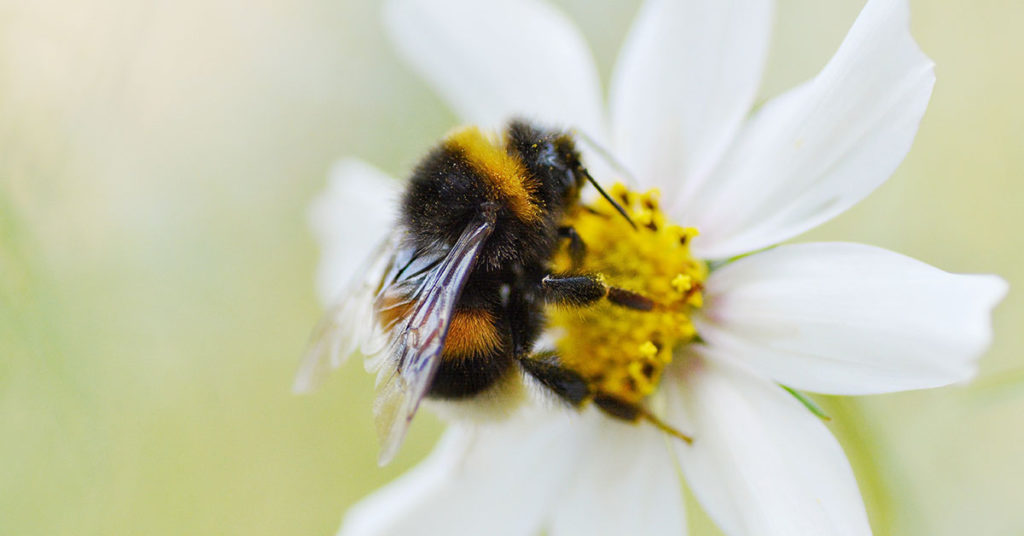
Quince flowers are magnets for early-emerging bees, including native mason and mining species that sometimes nest in nearby ground openings. Planting spring ephemerals like crocus or hellebore close by invites these allies into your garden before quince blooms even open!
Watching those fuzzy bees dive into each blossom is one of my favorite garden moments. Their pollination efforts directly translate into fuller clusters of flowers, so creating a welcoming habitat really pays off with a more spectacular show.
Prune Strategically After Bloom
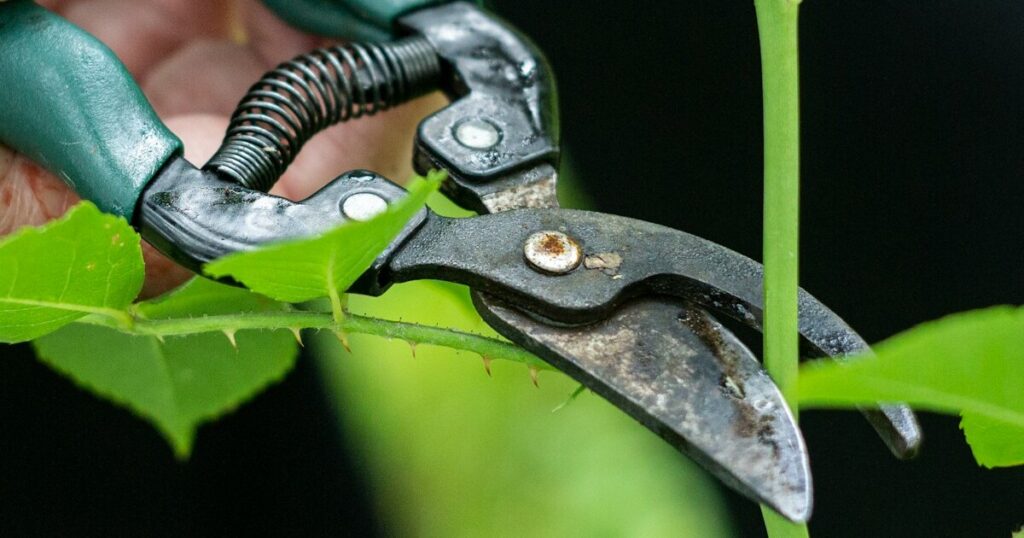
Once the spring spectacle has ended, I spend a sunny afternoon carefully pruning spent canes. Cutting back one-third of the oldest stems at ground level promotes fresh growth from the base, leading to denser bushes and more flower buds next season!
Strategic pruning also opens up the center, enhancing air circulation and reducing the risk of fungal diseases. It’s such a bummer when powdery mildew takes hold, so this simple routine keeps foliage healthy and supports a longer, more vibrant bloom period.
Apply Balanced Fertilizer in Spring

Just as buds begin to swell, I feed my quince bushes with a balanced, slow-release fertilizer (10-10-10). I scatter it around the drip line—not right against the stems—and gently work it into the topsoil. That little boost helps those flower clusters develop fully!
Too much nitrogen can lead to lush foliage at the expense of blooms, so I resist overfertilizing. By thinking of feeding as giving your quince just enough to shine without stealing the spotlight, you encourage a perfect balance of leaves and flowers.
Select the Ideal Site
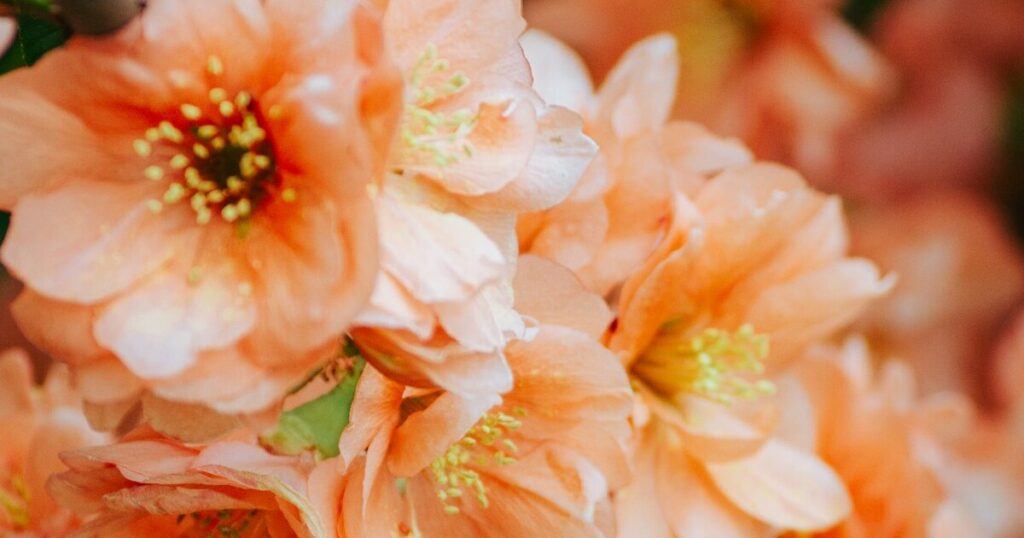
Choosing the right spot is step one for a thriving quince bush. Full sun—at least six hours daily—encourages maximum bud set and vivid color. I once planted mine in too much shade and ended up with endless foliage but hardly a flower in sight!
Well-drained soil is equally important; quince doesn’t tolerate “wet feet.” If your garden has heavy clay, consider planting on a gentle mound or in a raised bed. This setup mirrors the gentle slopes of its East Asian origins, where water drains naturally and roots stay happy.
Manage Pests and Diseases Proactively
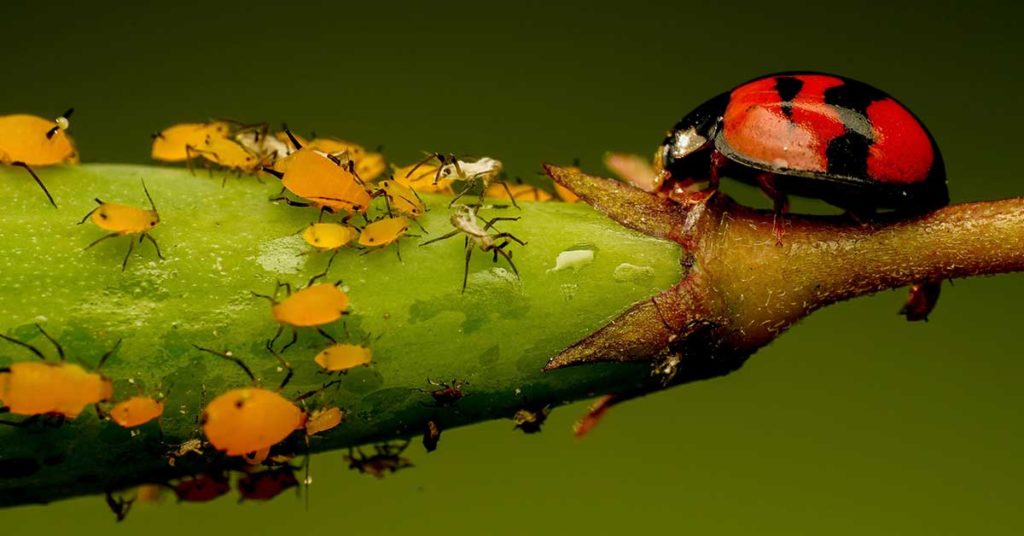
While quince is generally tough, it can attract pests like aphids or suffer from leaf spot. Early spring is prime time for scouting—if I spot a few aphids, I blast them off with a strong jet of water or introduce ladybugs to nip infestations in the bud!
For fungal issues, practice good sanitation by clearing fallen leaves and thinning crowded branches. A homemade spray of neem oil can ward off both pests and molds without harming beneficial insects that nest in the shrub’s thicket-like structure.
Mulch to Retain Moisture and Warmth
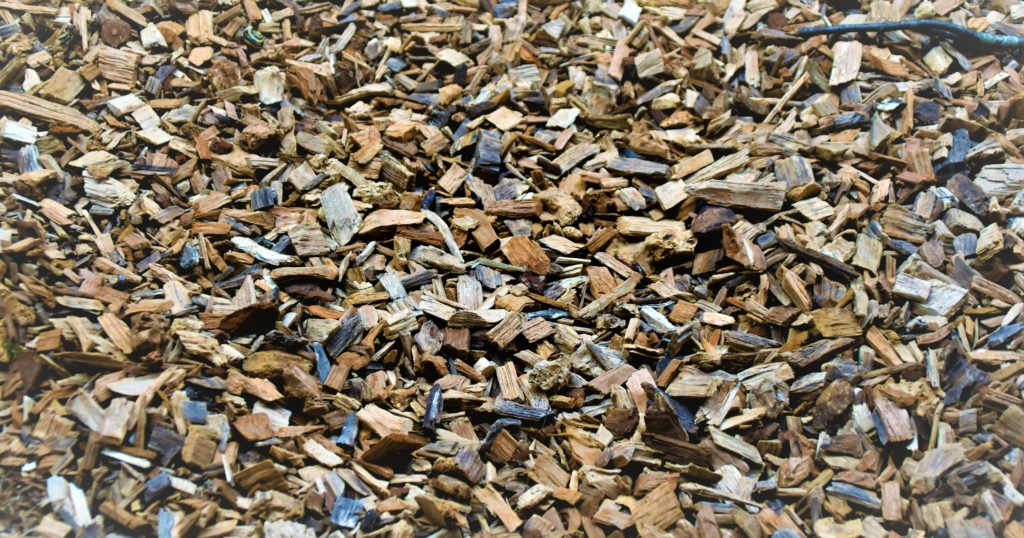
A two- to three-inch layer of organic mulch around the base does wonders for quince health. It keeps soil moisture even and suppresses competing weeds, which can steal vital nutrients and water. I replenish mine each spring for continuous benefits!
Mulch also insulates roots against temperature swings, emulating the leaf litter layer of its wild habitats. Just be sure to leave a small gap around the trunk to prevent rot—a tidy mulch ring keeps everything thriving and neat.
Consistent Deep Watering

Quince bushes appreciate regular moisture, especially during dry spells. I make it a point to water deeply once a week, allowing water to penetrate at least eight inches into the root zone. This encourages a robust, deep root system that supports vigorous flowering later on!
Avoid shallow, frequent watering—it leads to surface roots that can’t sustain the energy demands of blooming. By keeping the root crown moist but not waterlogged, you mimic the gentle summer rains of its native Chinese woodlands, setting the stage for full, lush blossoms.
Train and Support Branches
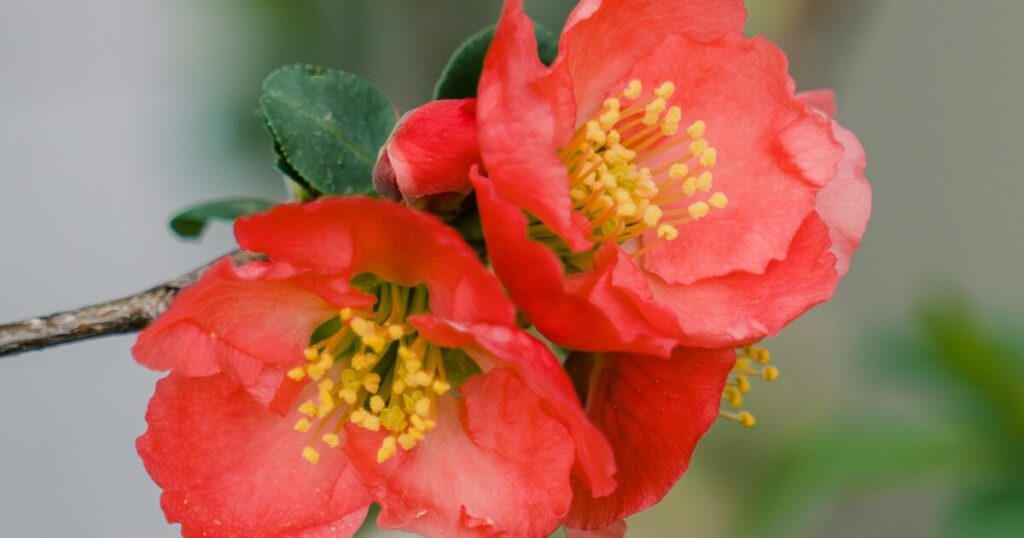
The arching branches of quince bushes can become heavy with flower heads, causing them to droop or even break. I use bamboo stakes and soft ties to gently lift and support heavy limbs, encouraging outward growth rather than downward pull.
This training helps maintain an open, vase-like shape that shows off blooms to maximum effect. Plus, open architecture allows nesting birds like wrens to tuck into the thicket safely—another delightful perk of a well-supported quince!
Prepare Well-Draining Soil
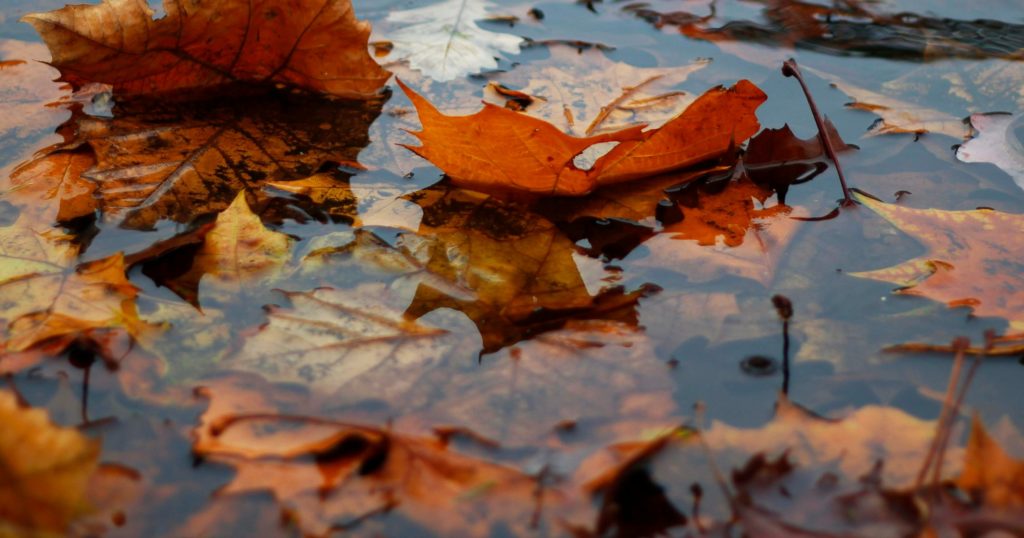
Quince thrives in loamy soil enriched with organic matter. Before planting, I mix generous amounts of compost or aged manure into the planting hole. This not only improves drainage but also supplies slow-release nutrients throughout the growing season!
By simulating the rich, humus-laden forest floors of its native East Asia, you give quince roots room to spread and access the food they need. Well-drained, fertile soil is the foundation for those broad, arching canes to burst with flowers.
Propagate by Hardwood Cuttings
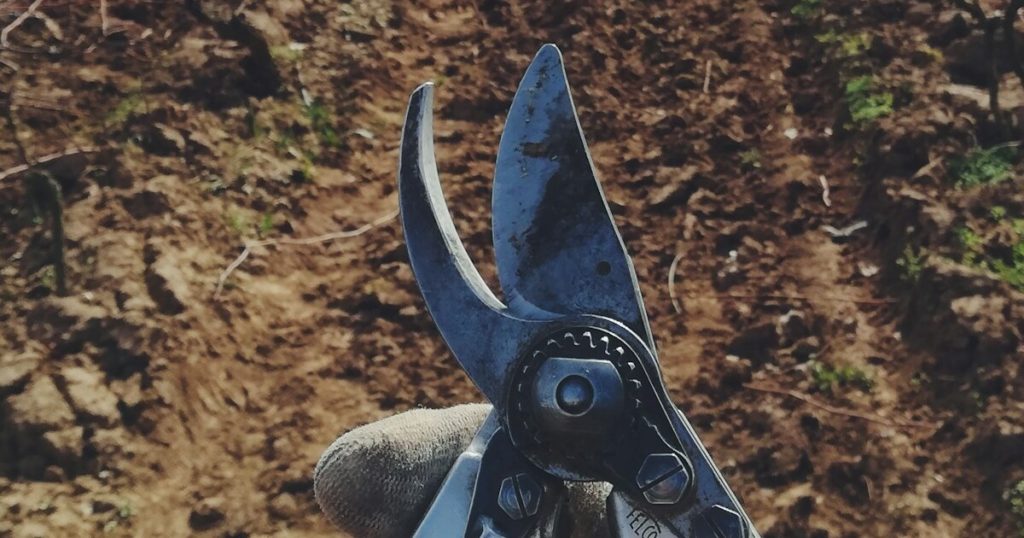
One of my favorite ways to multiply quince bushes is by taking hardwood cuttings in late winter. I snip 6–8-inch sections of healthy, one-year-old wood, dip the ends in rooting hormone, and plant them in a sandy potting mix. Before I know it, new plants are ready for the garden!
This method not only saves money but also helps maintain the exact flower color and form you love. Plus, sharing rooted cuttings with friends spreads the joy—and these offspring often establish faster than grafted nursery stock.





